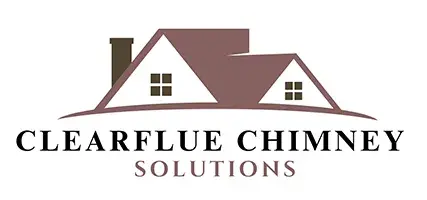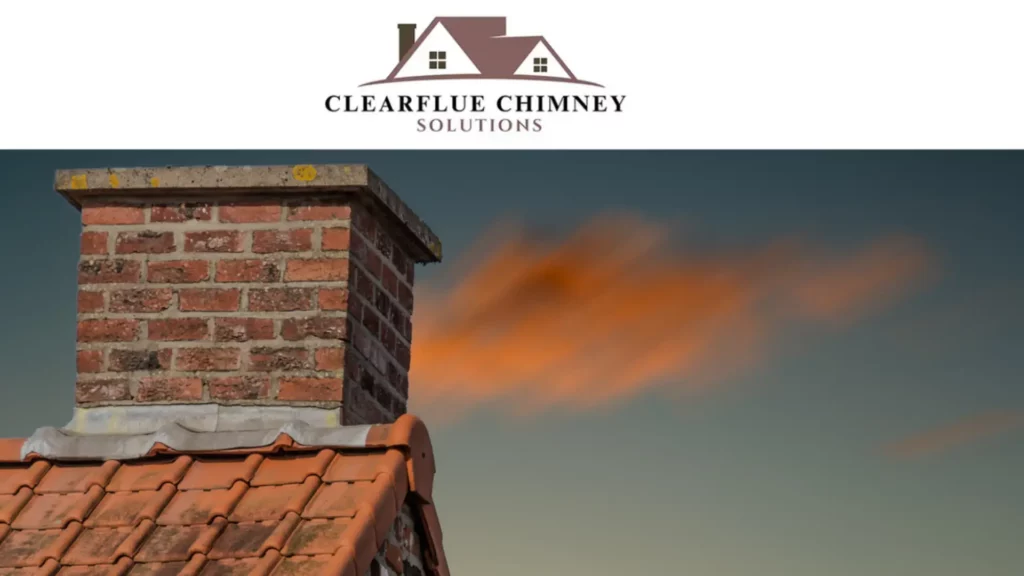Maintaining a chimney is essential for its long-term stability and performance. Proper care not only ensures safety but also reduces the likelihood of costly repairs. By following consistent maintenance practices, homeowners can keep their chimneys in excellent condition and extend their lifespan.
Regular Cleaning to Prevent Blockages
A clean chimney operates more efficiently and safely. Over time, creosote and soot build up inside the flue, increasing the risk of chimney repair fires and obstructing the ventilation of harmful gases. Scheduling routine cleaning prevents these hazards and allows for smoother operation. Removing debris such as leaves or nests also enhances airflow and prevents moisture-related issues.
Inspection as the Foundation of Stability
Annual inspections are a cornerstone of chimney maintenance. A professional inspection helps identify cracks, deteriorated mortar, or loose bricks before they escalate into significant structural concerns. Early detection of issues ensures timely repairs, which contribute to the overall stability and functionality of the chimney. Inspections also evaluate components like the chimney crown and flashing to ensure they are protecting the structure effectively.
Quality Repairs to Address Damage
Timely chimney repairs are crucial for resolving wear and tear caused by weather, heat, and age. Common fixes, such as repointing mortar joints or replacing damaged bricks, help restore the chimney’s structural integrity. Repairing the chimney crown or sealing cracks in the flue liner also protects against water intrusion and reduces further deterioration. Investing in high-quality materials during repairs ensures durability and long-term results.
Protecting the Chimney from External Elements
Chimneys are exposed to varying weather conditions that can take a toll on their structure. Adding a chimney repair cap prevents water, snow, and debris from entering the flue, reducing the chances of damage. Additionally, waterproofing the chimney’s exterior helps shield it from rain and freeze-thaw cycles, which can cause cracks and erosion. These protective measures play a vital role in preserving the chimney’s stability.
By implementing these maintenance practices, homeowners can keep their chimneys safe and functional for years to come. Regular cleaning, thorough inspections, timely repairs, and protective measures all contribute to the stability and longevity of this essential structure, ensuring peace of mind and efficient performance.
Learn more:
Investing in Chimney Repair: The Cost vs. Benefit of Structural Health
How Regular Inspections and Chimney Repair Prevent Structural Failures

